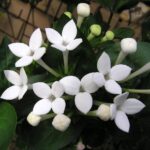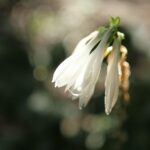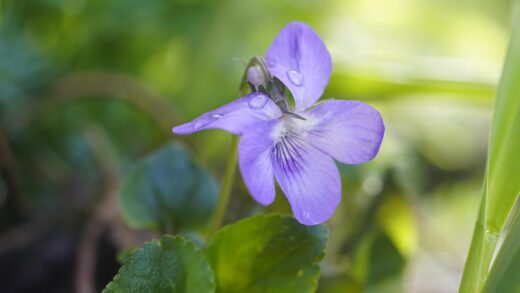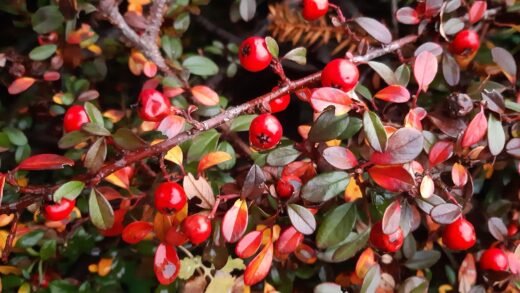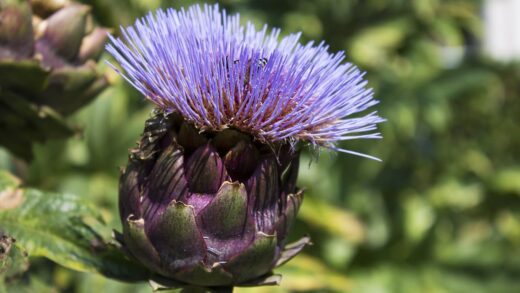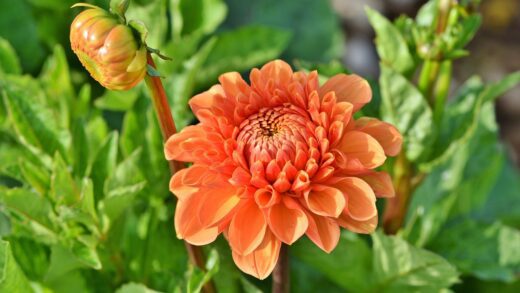The pruning requirements for biting stonecrop are minimal, aligning with its overall low-maintenance nature. This resilient ground cover naturally maintains a low, spreading profile and does not require the regular, structured pruning that many other garden perennials need. However, occasional trimming or cutting back can be a valuable tool for enhancing its appearance, controlling its spread, and rejuvenating older, less vigorous patches. Understanding the purpose behind any pruning cut is key to employing these techniques effectively, ensuring the plant remains healthy, compact, and aesthetically pleasing in the long term.
Pruning biting stonecrop is less about formal shaping and more about periodic maintenance and revitalization. The primary reasons a gardener might choose to prune this plant include deadheading spent flowers to tidy up its appearance after blooming, trimming the edges of a patch to keep it within its designated boundaries, and cutting back older sections to stimulate fresh, dense new growth. These tasks are typically performed on an as-needed basis rather than as part of a rigid annual schedule.
The timing of any pruning activity is an important consideration. Light trimming to control the plant’s spread can be done at any point during the growing season. More significant cutting back, such as shearing after flowering or rejuvenating an old clump, is best timed to allow the plant ample opportunity to recover and put on new growth before the onset of winter. The plant’s resilient nature means it responds well to being cut back, often growing back thicker and more vigorous than before.
This article will serve as a detailed guide to the various pruning and cutting back techniques applicable to biting stonecrop. We will explore the specific purposes of different types of pruning, from light grooming to hard rejuvenation. Additionally, we will cover the best times to perform these tasks and the simple aftercare required to ensure the plant bounces back quickly, along with tips on how to utilize the trimmed pieces to propagate new plants.
The purpose of pruning stonecrop
Pruning biting stonecrop serves several distinct and practical purposes, all aimed at maintaining the health and beauty of the plant mat. One of the most common reasons to prune is for aesthetic maintenance, often referred to as “grooming.” This involves removing any dead, damaged, or unsightly parts of the plant, which can occur after a harsh winter or due to minor physical damage. This simple cleanup improves the overall look of the plant and promotes better air circulation within the dense foliage.
Another key purpose is deadheading, which is the practice of removing the flower heads after they have finished blooming and have started to fade and form seeds. While not strictly necessary for the plant’s health, as it will continue to thrive even if the spent flowers are left in place, deadheading provides a significant cosmetic benefit. It prevents the plant from looking messy and directs its energy back into vegetative growth—producing more leaves and stems—rather than into seed production, which can result in a tidier and fuller-looking plant.
Containment is another major reason for pruning. Biting stonecrop is a vigorous spreader in ideal conditions and can sometimes become too enthusiastic, encroaching on pathways, lawns, or neighboring plants. Regular edge trimming is a simple and effective way to keep the plant within its intended boundaries. This is easily done with shears or even by hand-pulling the runners, maintaining the crisp lines of a garden bed or preventing the plant from overwhelming more delicate companions.
Finally, pruning can be a powerful tool for rejuvenation. Over several years, a patch of stonecrop can sometimes become woody and sparse in the center, with all the vigorous growth occurring at the outer edges. A hard pruning, or “renewal pruning,” can stimulate the growth of new, fresh stems from the base of the plant, effectively renewing the entire patch and restoring its dense, lush appearance. This ensures the long-term vitality and beauty of the planting.
When to prune: timing is key
The timing of your pruning activities can have a significant impact on the plant’s response and subsequent growth. For general tidying and containment, the rules are quite flexible. You can trim the edges of your stonecrop patch or remove any errant stems at any point during the active growing season, from spring through late summer. The plant is tough and will recover quickly from this type of light trimming without any adverse effects.
The ideal time for the most common type of pruning—shearing back after flowering—is in the early to mid-summer, immediately after the main bloom period has ended. The bright yellow flowers typically fade by this time, and shearing the plant back by about half its height removes the spent flower stalks and encourages a flush of fresh foliage. Performing this task in mid-summer gives the plant plenty of time to regrow and look neat for the remainder of the season, and it may even promote some sporadic reblooming.
For a more drastic rejuvenation pruning, where you are cutting the plant back hard to address woodiness or sparseness, the best time to act is in the spring. As new growth begins to emerge, you can cut back the old, tired stems quite severely, leaving just a few centimeters of growth above the soil line. This timing allows the plant to use its full season’s energy to produce a completely new, dense mat of foliage. Pruning this hard late in the season is not recommended, as the new growth may not be mature enough to withstand the winter.
Avoid any significant pruning in the late autumn. Cutting the plant back just before it enters dormancy can stimulate a late flush of new growth that will be too tender to survive the first hard frosts. It is best to let the plant enter winter with its existing foliage, which provides some natural protection for the crown. Any winter damage or dieback can then be cleaned up as part of your initial spring maintenance.
Techniques for light trimming and shaping
Light trimming and shaping are the most frequent pruning tasks you will perform on biting stonecrop, and the techniques are simple and intuitive. The primary goal is to maintain a neat appearance and control the plant’s spread. For edging along a walkway or garden bed, a pair of sharp garden shears or grass shears is the perfect tool. Simply follow the desired line of the bed and trim any stems that have grown over it. This can be done two or three times during the growing season as needed.
Deadheading after the bloom cycle is another form of light trimming. For a large patch of ground cover, using shears is the most efficient method. Skim the shears across the top of the plant mat, cutting just below the level of the faded flower heads. This will give the entire patch an immediate facelift. For smaller clumps or plants in containers, you can achieve a more precise result by using a small pair of snips or scissors to individually clip off the spent flower stalks.
Sometimes, a patch of stonecrop may grow unevenly, creating small mounds and valleys. You can use shears to lightly “mow” the entire surface, evening out the height and encouraging the lower areas to fill in more densely. This light shearing promotes branching and results in a tighter, more uniform carpet of foliage. This is best done in late spring or early summer to give the plant ample time to regrow.
When performing any of these light trimming tasks, it is a good practice to collect the clippings. This prevents them from rooting where they are not wanted and keeps the garden looking tidy. These clippings, however, are valuable, as they can be used to easily propagate new plants. Simply scatter them in a new area where you would like stonecrop to grow, press them into the soil, and they will likely take root with minimal care.
Hard pruning for rejuvenation
Over time, typically after three to five years, a mature patch of biting stonecrop might begin to decline in the center. This area can become woody, with gnarled old stems and sparse foliage, while all the fresh, vigorous growth is concentrated around the edges. When this occurs, a hard pruning, also known as renewal or rejuvenation pruning, can be performed to restore the entire clump to its former glory. This process encourages dormant buds at the base of the plant to break and send up a completely new set of stems.
The best time to undertake this more drastic measure is in early spring, just as the first signs of new growth are visible. This timing leverages the plant’s natural surge of spring energy for a rapid recovery. Using a sharp pair of garden shears, cut the entire patch back hard. You should trim the old stems down to just a few centimeters above the soil level. It may look severe at first, but this tough-love approach is highly effective.
After cutting the plant back, it is a good opportunity to improve the soil in the very center of the patch if needed. You can gently work a small amount of grit or coarse sand into the top layer of the soil in the barest areas to improve drainage and aeration. Water the pruned area lightly to settle the soil and provide moisture for the emerging new growth.
Within a few weeks, you will see fresh, new green shoots emerging from the base of the old crowns. This new growth will be vigorous and dense, quickly filling in to form a lush, rejuvenated mat of foliage. By the middle of the summer, the patch will look completely renewed. This periodic hard pruning can significantly extend the attractive lifespan of a biting stonecrop planting, ensuring it remains a beautiful feature for many years.

